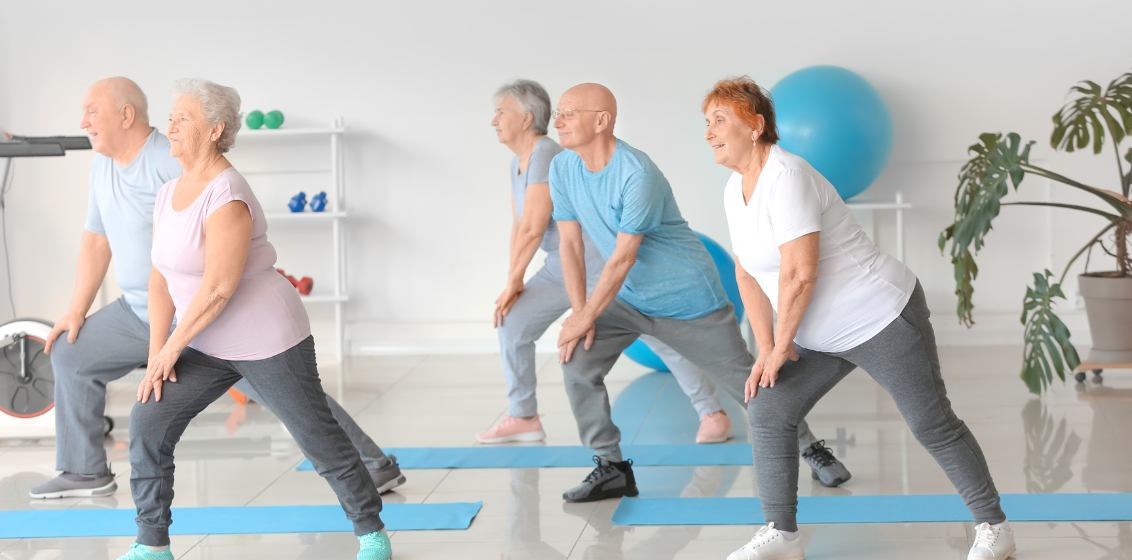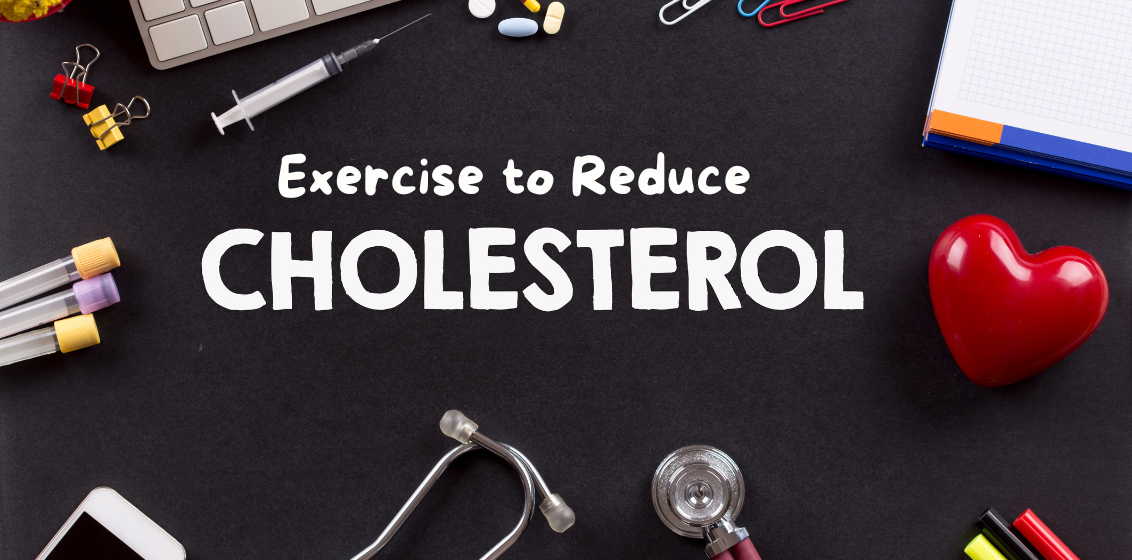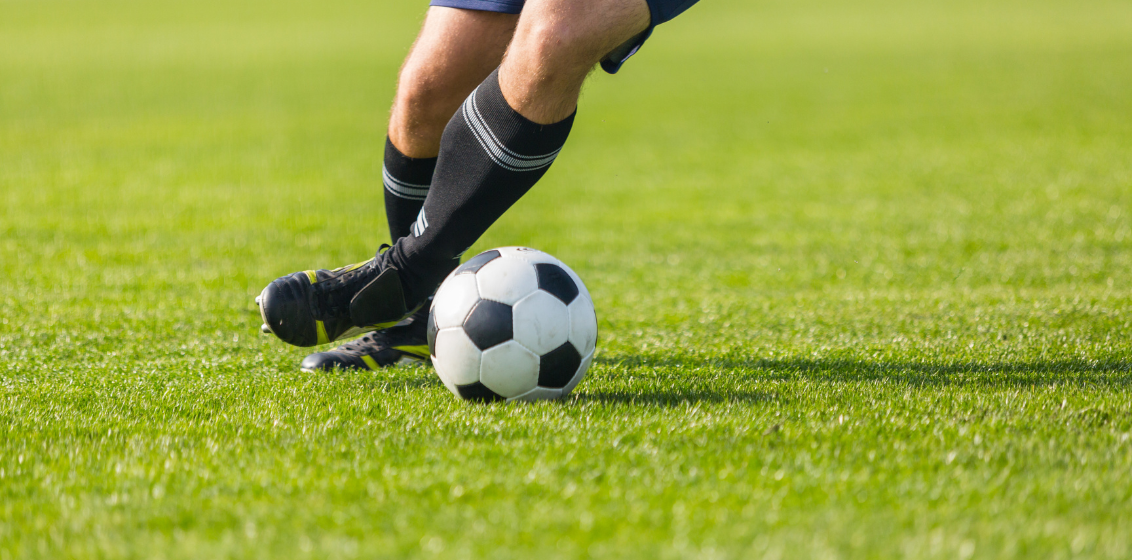Fast-Track Your Osteoarthritis Recovery With Exercise Physiology

Unlock the Potential of Exercise Physiology in Your Osteoarthritis Rehabilitation Journey
Living with osteoarthritis is a daily struggle for an estimated 2.2 million Australians. The pain, stiffness, and limited mobility can greatly impact your quality of life. But what if there was a science-backed approach to help you manage these symptoms and regain your vitality without drugs or surgery? Welcome to the empowering world of Exercise Physiology.
In this article, we’ll explore how Exercise Physiology can be a transformative force in your osteoarthritis rehabilitation journey. Join us as we unpack the benefits of this innovative approach, providing you with knowledge and actionable tips that can enhance your health and wellbeing.
Unlocking the Power of Exercise Physiology in Osteoarthritis Management
Exercise Physiology provides a tailored, scientific approach to managing osteoarthritis. As specialists, Exercise Physiologists use their knowledge of how the body responds to physical activity to develop effective, personalised exercise regimens.
A carefully planned programme can maintain joint flexibility, muscle strength, and overall mobility, alleviating osteoarthritis symptoms and enhancing your quality of life. The goal isn’t to push through pain but to work with your body’s unique needs. This empowering approach allows you to actively participate in your recovery, addressing the root cause of osteoarthritis discomfort.
Understanding the Science Behind Exercise Physiology
Exercise Physiology uses our understanding of how exercise impacts the body’s structure and function. In osteoarthritis, regular, targeted exercise can slow disease progression, reduce pain, and improve function. This insight allows Exercise Physiologists to create personalised programmes to help manage your osteoarthritis effectively.
The Impact of Exercise Physiology on Osteoarthritis
Some of the results our clients regularly experience from exercise include:
- Reduced pain and medication use
- Improved morning stiffness
- Increased walking distance and standing tolerance
- More confidence with time on their feet.
Practical Tips and Exercises
Try these Exercise Physiology-informed activities to manage your osteoarthritis:
- Low-Impact Aerobic Activities: Such as walking, cycling, or swimming can help improve your cardiovascular health without placing undue stress on your joints.
- Strength Training: Specific exercises that target the muscles around affected joints can help improve strength and reduce joint strain.
- Flexibility Exercises: Regular gentle stretching can help maintain joint mobility and range of motion.
- Join a Group Class: We have small, friendly group classes for people with osteoarthritis who share the same struggles and work together in a fun, social space with individual attention
Remember, it’s essential to consult with an Exercise Physiologist or Physiotherapist before starting any new exercise regimen.
Summing Up
Exercise Physiology offers a proactive, scientifically backed approach to managing osteoarthritis. With personalised programmes tailored to your needs, you can effectively manage your symptoms, improve your quality of life, and regain your vitality.
Take the First Step Today
Are you ready to embrace the transformative power of Exercise Physiology in your osteoarthritis rehabilitation journey? Contact us today to schedule a consultation with our Exercise Physiologist, Eoghan Rosser and take the first step towards a more active, healthier life. Simply call us on 9548 3372 to find out more or click the button below to schedule an initial assessment and get started.
If you’d like more info, click to download our 1-page fact sheet on Exercise Physiology and Osteoarthritis:
https://parksidesportsphysio.com.au/wp-content/uploads/EP-and-OA.pdf


